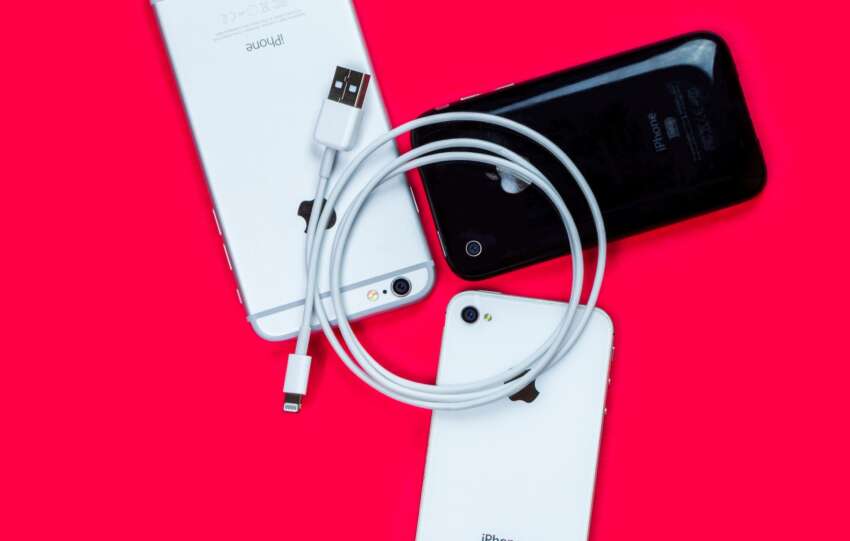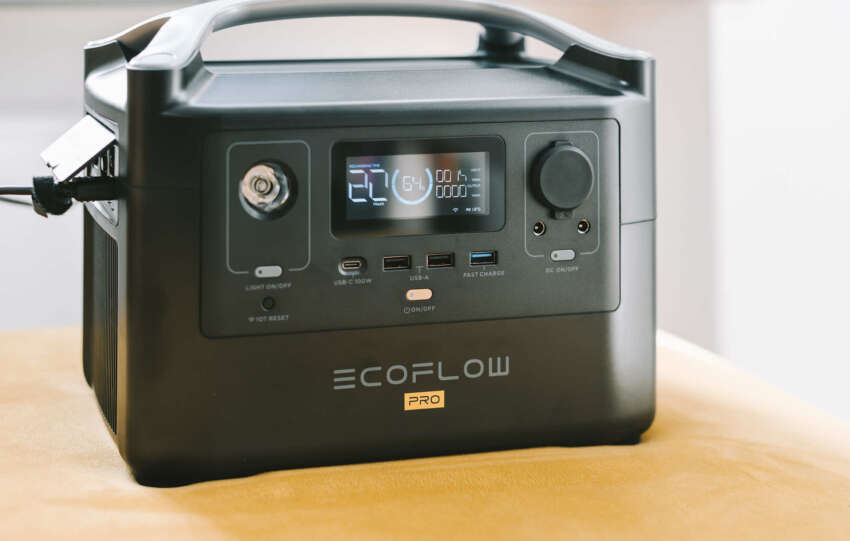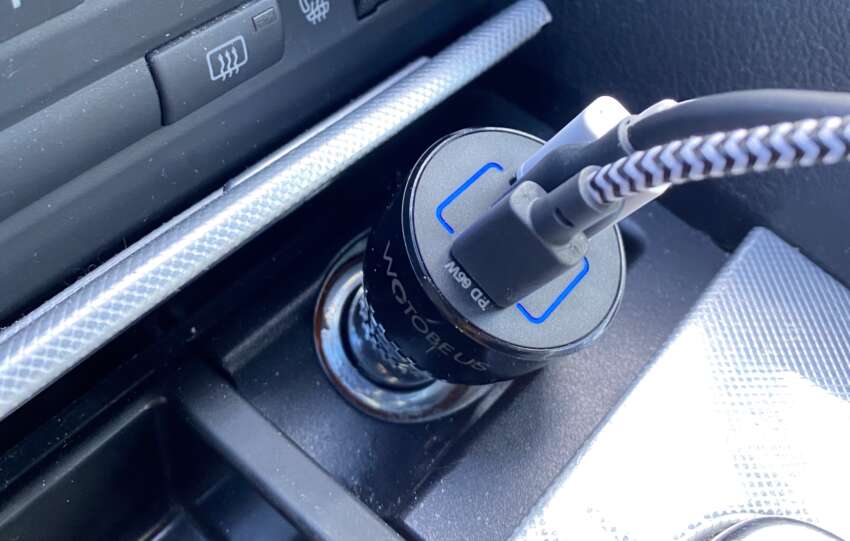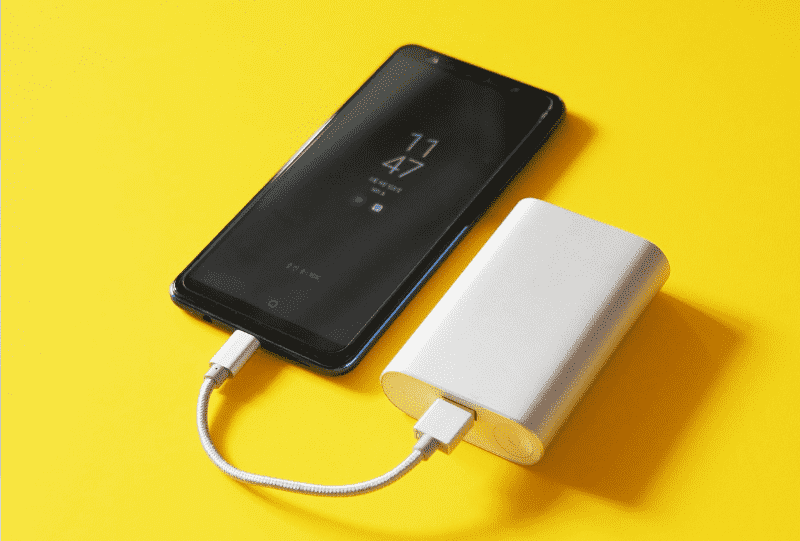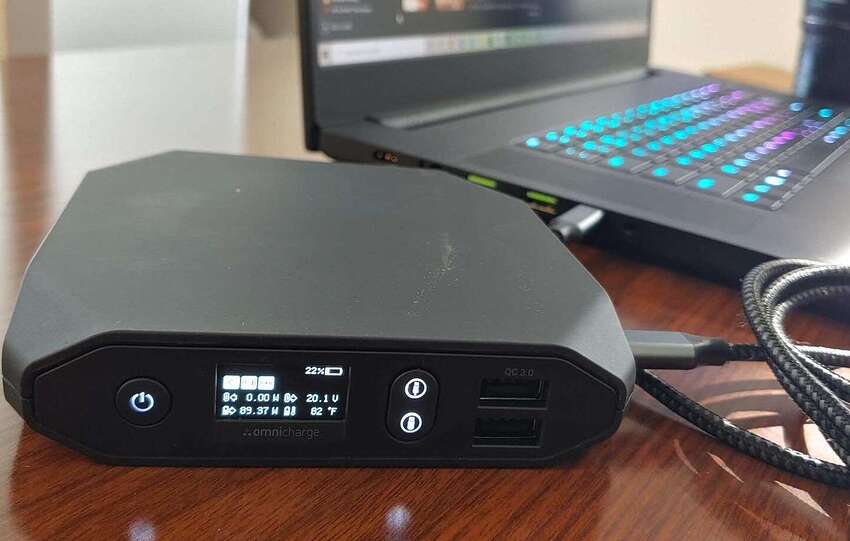Share This Article
It’s no secret that the super-charged growth of the mobile phone market has resulted in a rise in how often we need to charge our devices.
With more and more people relying on their smartphone for communication, entertainment, and work, it’s not surprising that businesses are finally waking up to the fact that mobile phones are here to stay.
To thrive in this new digital world, you need to keep your business up and running 24/7 – which means you need a high-capacity power bank if you want to charge all your devices at once.
However, while there may be hundreds of power banks available on the market right now, most of them have similar capacities.
So how to test power bank capacity?
On one side of the power bank, you will see multiple LED lights. The number of lights that are lit up indicate the amount of battery power remaining in your portable charger.
For example, if four lights are lit up, then that means that your power bank has four-fifths of its battery power left. These lights will turn off one by one as the battery on your power bank goes down.
So how do you know which power bank is right for you?
The best portable charger for you depends on how you use your devices and how long you can go between charges.
If you only use it occasionally and tend to have extra time on your hands, then you might as well choose something with a long run-time. If it’s something that you use on a daily basis, you’ll want something that can charge quickly and won’t take up too much space.
There are certainly a lot of factors that go into it.
What is the best way to test power bank capacity?
Many people are confused about how to test the capacity of their power bank. But don’t worry, you won’t have to spend hours on an archaic method of testing a power bank – there are several quick and easy ways to measure its capacity.
The most conventional way is to use a voltmeter, which can be bought online for as little as $10. This will give you an accurate reading of how much energy your power bank has at any given time.
Another quick and simple way to test your power bank’s capacity is by using a USB cable and plugging it into a laptop or desktop computer with a USB port. The device you wish to charge will need to be plugged in the same port on your laptop or desktop computer.
You could also test your battery by charging it with a smartphone charger (your own or one you’ve borrowed) while either playing music or doing something else that uses up charge very quickly, like playing games.
You should see the percentage change when you do this.
A third way is to do trial and error based on estimations of what each device needs for charge depending on their size, weight, and features.
As long as you follow these guidelines, your power bank will remain charged throughout the day!
Rechargeable Battery Pack Tester Kit
There are many methods for testing your power bank’s capacity, including the discharge test and the load test. The discharge test is done with a battery tester.
You can also use other methods such as checking the voltage output on your device when it is plugged in. The most important thing to remember is that every time you unplug your device from the power bank, it loses a bit of its capacity.
So make sure that you are regularly checking on your power bank’s capacity by using one of these testing methods or following these guidelines:
Checking Capacity – If you want to know how much charge is left in your power bank before it needs to be charged again, there are two ways you can do this. One way is to test its original capacity by using a meter like the one provided with the battery tester kit discussed in this article. The other way is to check how much charge remains in it every day by plugging in your phone and monitoring its charge level while you are away from home or office (there may be an option for this on your phone).
Calculating Capacity – This method will give you an estimated estimate of how many charges remain in your power bank based on its size and type. First, measure the size of your power bank by measuring either height or diameter (wh
DC Load Tester
A DC load tester is a test tool that measures the maximum continuous current load of a battery.
The most common tests are to measure the capacity at 0.5A and 1.0A, but you should also be aware of methods like 0.1A or 1-minute DC load tests, which can provide more accurate data because they take longer to complete.
To use this method, connect your power bank to the testing device via a USB cable and wait for it to charge up. When it’s fully-charged, switch off the power bank and disconnect it from the testing device so that you can use it immediately without any interruption
AC Power Supply Tester with Voltmeter and Analyzer
Power supplies go through a number of tests to measure the capacity and voltage output. In addition, some testing instruments come with an analyzer that will allow you to test for specific device properties. As such, it’s important to have a tester that is able to test both AC and DC power supplies.
To know which power bank is right for your business, the first thing is to identify a power supply that has a good capacity. You can use this tester to determine an AC or DC power supply’s capacity in watts.
When measuring an AC or DC power supply’s capacity, this tester also comes with a voltmeter and analyzer so you can perform more in-depth analysis of your power source.
Volt-ohm meters (VOMs)
Volt-ohm meters are digital multimeters with an attached probe that measures voltage and resistance. The VOM can be used to test both the power bank capacity and battery performance.
The VOM will allow you to test a variety of different voltages, from USB 2.0/3.0 at 5V – 12V, so in theory it should be able to measure pretty much any capacity power bank out there.
This is a better option for testing power banks than using a multimeter because it’s more accurate and can also be used for more complex measurements such as measuring current and calculating battery life.
To do this, you’ll need to charge your power bank with a known voltage source such as an AC adapter or computer USB port (the higher the voltage, the more current it will take) or use an external power supply that creates an electrical load of 16A (if you don’t have one available, use a 5A or 10A charger).
Conclusion
Now that you know how to test power bank capacity, you should be able to get a lot more use out of your power bank.
In order to test power bank capacity, you will need to use the following tools:
-Rechargeable Battery Pack Tester Kit
-DC Load Tester
-AC Power Supply Tester with Voltmeter and Analyzer
-Volt-ohm meters (VOMs)


